New NHL Lawsuit Is the Most Graphic Yet
Lawsuit, loaded with gory pictures, describes "culture of extreme violence."
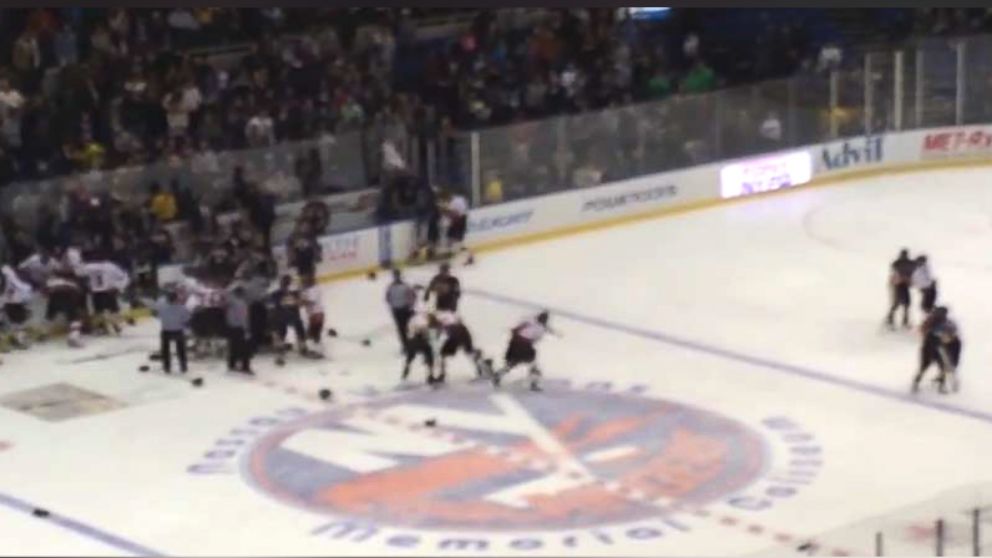
April 11, 2014— -- A new lawsuit that accuses the NHL of putting profits before safety is littered with images of bloodied, toothless hockey players.
The class action suit, filed Wednesday in federal court in New York on behalf of nine former players, claims the league "fosters a culture of ‘enforcers’ and ‘goons.’”
"[The players] have suffered and will continue to suffer serious health problems as a result of the NHL’s sophisticated use of extreme violence to bring fans to the game in hockey arenas, on television, the radio and the Internet,” the lawsuit claims.
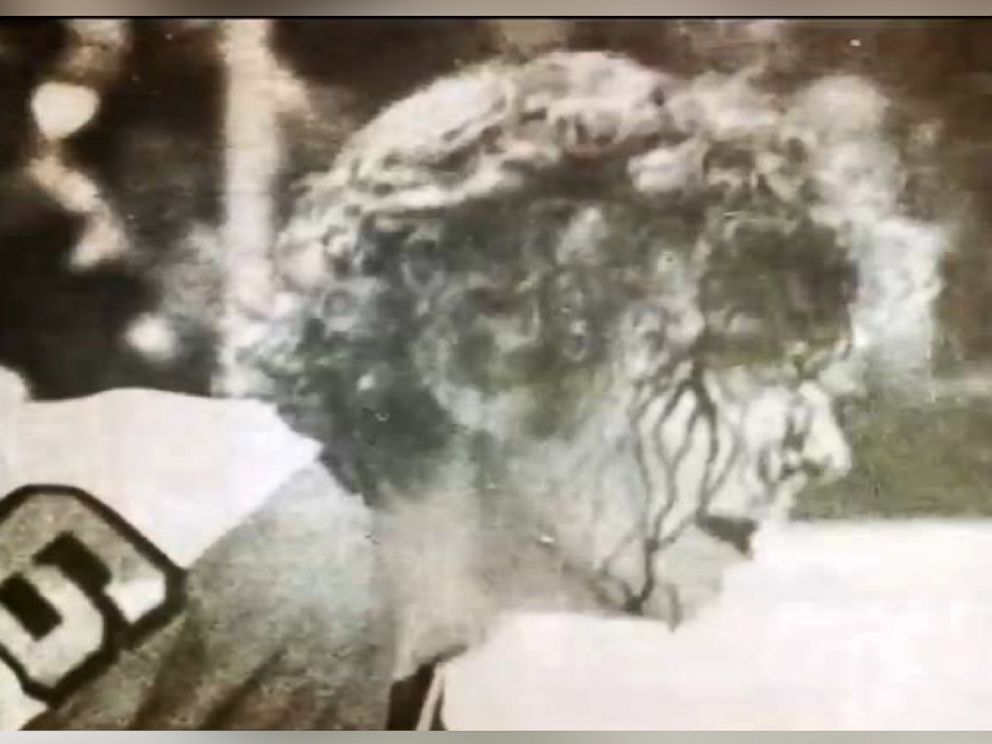
The nine former players are Dan LaCouture, Dan Keczmer, Jack Carlson, Richard Brennan, Brad Maxwell, Michael Peluso, Tom Younghans, Allan Rourke and Scott Bailey.
LaCouture, 36, was involved in 52 fights and “suffers from headaches, irritability, sensitivity to light, change of personality, and depression,” according to the lawsuit.
Peluso, 48, was involved 179 fights in NHL games and is one of just four players to incur over 400 penalty minutes in a single season, the suit states.
The 110-page complaint includes 51 images ranging from grainy black-and-whites to high-resolution broadcast screen grabs. Some images capture bench-clearing brawls in action, while others show injured players being carried off the ice.
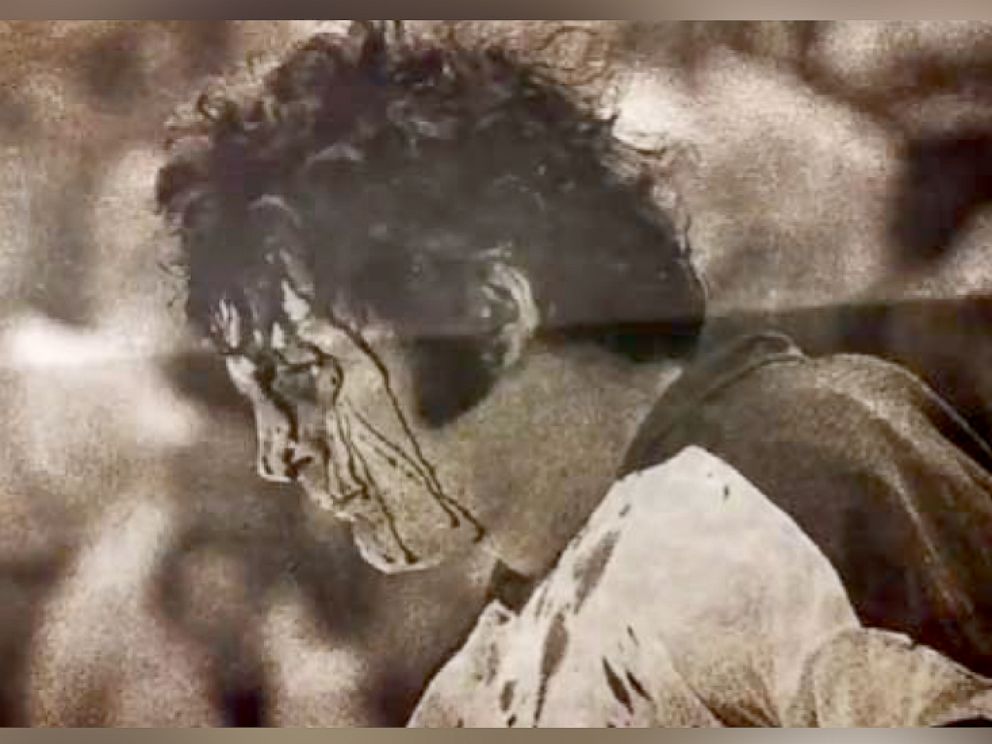
A spread of six images from the 2010 documentary, “Broad Street Bullies” shows one player with blood streaming down his face and another grinning with no front teeth.
"Popular culture has reflected the fused association between extreme violence and the NHL in many different media,” the lawsuit reads, citing the goalie mask-wearing killer in "Friday the 13th" as an example of hockey's culture of violence.
The complaint also calls out “incidents” from nearly a century ago, including the "the Coutu Incidents” of 1925, in which Wilfrid Arthur Coutu incurred a measly $50 fine after severing another player’s ear, and “the Richard Incident” of 1955, in which Maurice Richard was inducted into the Hockey Hall of Fame six years after punching a referee in the face.
But the bulk of the complaint criticizes the NHL for failing to protect players from the dangers of head trauma –- a claim that mirrors a class action filed by former NFL players that resulted in a $765 million settlement last summer.
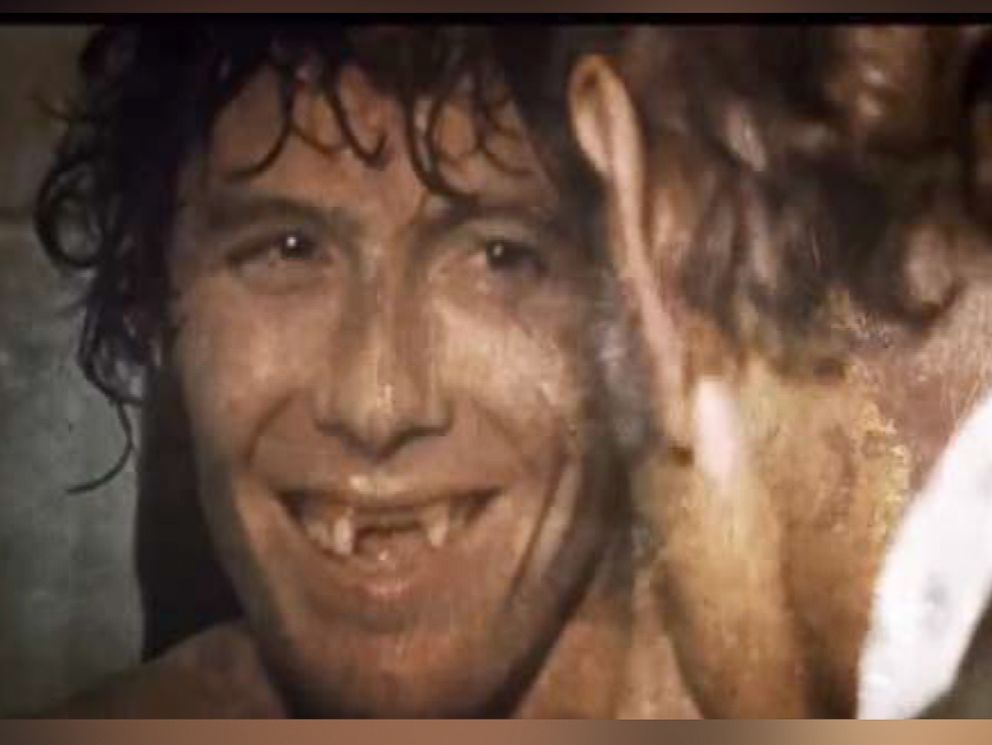
The complaint is the second class action suit filed against the NHL. The league's deputy commissioner Bill Daly said he intends to “defend the case vigorously.”
"While the subject matter is very serious, we are completely satisfied with the responsible manner in which the League and the Players' Association have managed Player safety over time, including with respect to head injuries and concussions," he said in a statement.
A growing body of research has linked repeated head trauma to chronic traumatic encephalopathy or CTE -– a disorder marked memory loss, impaired judgment, aggression and depression. At least four NHL players have been diagnosed with CTE after death, including New York Rangers enforcer Derek Boogaard, who died from a drug overdose in 2011.
Derek Boogaard: NHL Enforcer Had Brain Disease
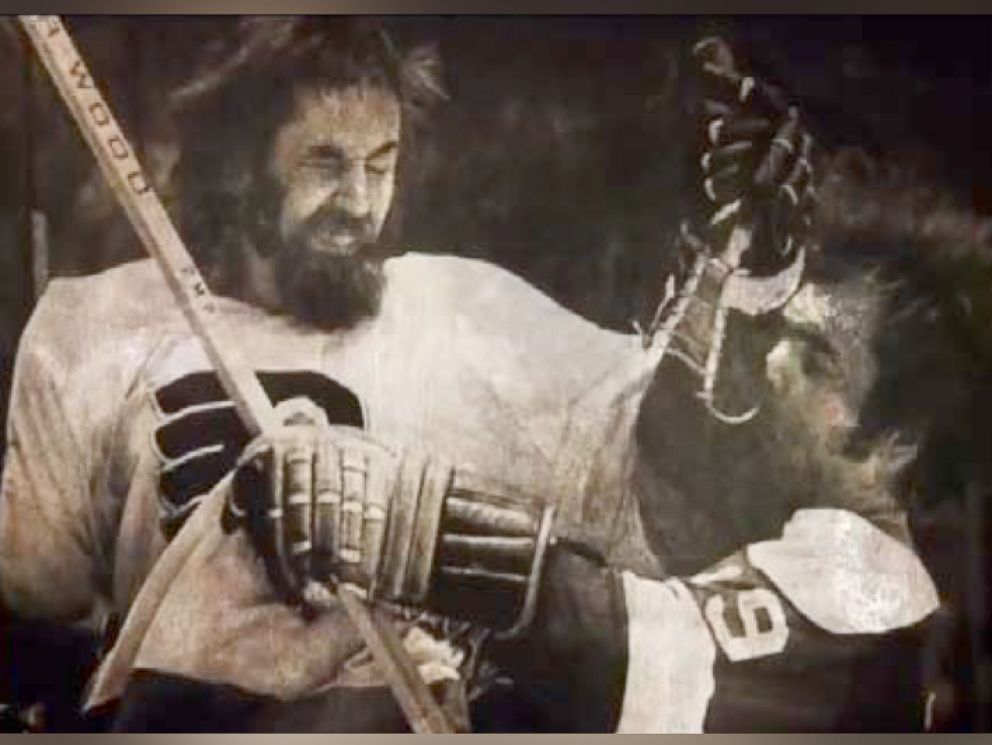
Paul Anderson, a Kansas City, Mo.-based attorney who founded NFLConcussionLitigation.com, said the graphic new class action “certainly has merit,” but went “overboard.”
“I think using multiple pictures in a complaint is unnecessary,” he said. “I think they’re going to lose credibility with the judge.”
Cullin O’Brien, an attorney with the Boca Raton, Fla. firm that filed the suit, called the Gordie Howe error “a distraction” from the suit’s serious claims.
“Anyone who’s focusing on the typos doesn’t understand that this is a serious allegation,” Cullin said on behalf of the firm Robbins Geller Rudman & Dowd, acknowledging another error in the misspelling of Sidney Crosby’s name. "We’re pleading the facts to show that the NHL undisputedly had knowledge that the extreme violence from its game was harming its players for a very long time – so much so that it’s engrained in our cultural consciousness through various media depictions of the NHL."
“The typos will be corrected,” Cullin added.




